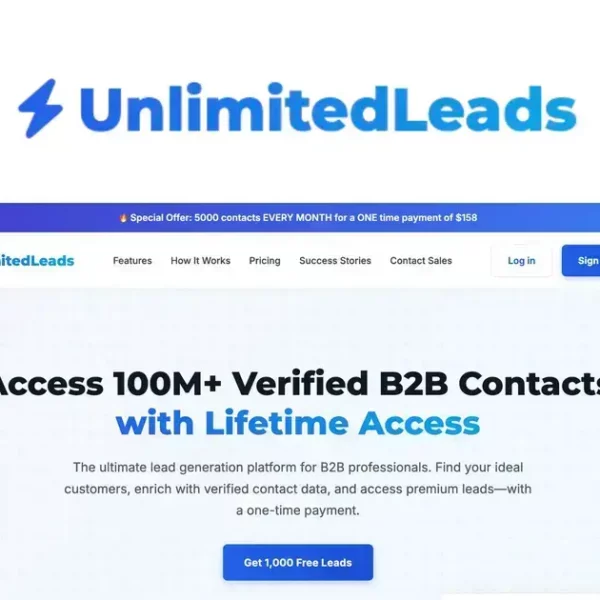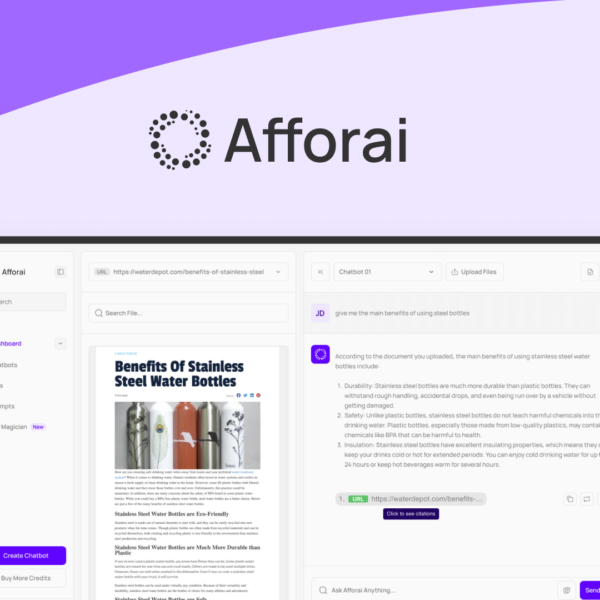A high level website is crucial for business success, offering enhanced user experience, increased visibility, and higher conversion rates. Key features include responsive design, intuitive navigation, and SEO-friendly content. Regular maintenance ensures optimal performance, keeping users engaged and improving your online presence.
Your online presence matters! A high level website can elevate your brand, enhance user experience, and ultimately drive conversions. As more businesses recognize the importance of a robust online platform, understanding what constitutes a high level website becomes crucial. In this article, we’ll delve into the essential elements, benefits, and maintenance tips for creating a standout high level website that captures attention and keeps visitors engaged.
What is a High Level Website?
A high level website is designed to provide an exceptional user experience while emphasizing strong branding and functionality. It goes beyond basic information delivery, incorporating elements that engage visitors and encourage interaction. This type of website usually features a clean design, intuitive navigation, and responsive layout optimized for all devices.
Key Features of a High Level Website
Some essential features include:
- Responsive Design: Ensures the website looks great on any device, from desktops to smartphones.
- Fast Load Times: Optimized for speed so visitors have a seamless experience without long waits.
- User-Centric Navigation: Easy navigation reduces frustration and helps users find what they need quickly.
- High-Quality Content: Engaging and informative content that resonates with the target audience while being optimized for search engines.
- Strong Call-to-Action: Clear prompts that guide users toward desired actions, like signing up or making a purchase.
Understanding what makes a website high level is crucial for creating a digital presence that stands out in today’s competitive landscape.
Benefits of High Level Websites

There are numerous benefits of high level websites that make them a vital asset for any business looking to succeed online. These websites are crafted with user experience and engagement in mind, leading to improved performance and results. Here are some key advantages:
Enhanced User Experience
High level websites are designed to provide a smooth and enjoyable experience for visitors. This means faster loading times, mobile optimization, and easy navigation. When users have a positive experience, they are more likely to stay on the site and explore further.
Increased Visibility
With a focus on SEO, high level websites incorporate best practices that help them rank better in search engine results. This increased visibility attracts more organic traffic, which can lead to more potential customers.
Higher Conversion Rates
By utilizing strategic call-to-action buttons, compelling content, and visually appealing designs, high level websites can boost conversion rates. When users easily understand the value offered, they are more inclined to take action.
Brand Credibility
A professional and high level website enhances the credibility of a brand. Users are more likely to trust a business that invests in its online presence, which can lead to increased loyalty and advocacy.
Adaptability and Flexibility
High level websites are often built on platforms that allow for easy updates and adjustments. This adaptability ensures that the website can grow and evolve with the business’s needs, embracing new technologies and trends.
Key Features of a High Level Website
The key features of a high level website are essential for creating an effective online presence. Each feature contributes to enhancing user experience, improving functionality, and supporting business goals. Here are some of the most important elements:
Responsive Design
A high level website must be responsive, meaning it should adapt seamlessly to different devices and screen sizes. This ensures that visitors have a consistent experience whether they are using a smartphone, tablet, or desktop.
Intuitive Navigation
Easy navigation is crucial for keeping visitors on the site. A well-structured menu and clear pathways help users find information quickly, minimizing frustration and encouraging them to explore more.
Fast Load Times
Fast loading speeds are vital, as users tend to abandon websites that take too long to load. Optimizing images, reducing scripts, and utilizing caching techniques can help improve load times significantly.
High-Quality Content
Content must be engaging, informative, and relevant to the audience. High quality content not only attracts visitors but also encourages them to return and share the website with others.
SEO-Friendly Structure
A high level website should be built with SEO in mind. This involves using proper tags, meta descriptions, and keywords to boost visibility in search engine results, making it easier for potential customers to find the site.
How to Build a High Level Website

Building a high level website involves a series of steps that ensure effective design and functionality. Here is a comprehensive guide on how to achieve this:
1. Define Your Goals
Start by identifying the main objectives of your website. Whether it’s to generate leads, increase sales, or provide information, clear goals will guide the design and content strategy.
2. Choose the Right Platform
Select a website builder or content management system (CMS) that suits your needs. Popular options include WordPress, Wix, and Shopify. Each platform has its strengths, so choose one that aligns with your goals.
3. Plan Your Website Structure
Outline the pages you need, such as Home, About, Services, Blog, and Contact. Create a simple sitemap to visualize how the pages will link to each other, making navigation easy for users.
4. Design for User Experience
Focus on creating an intuitive layout that is visually appealing. Use a consistent color scheme, readable fonts, and high-quality images. Prioritize responsive design to ensure the site functions well on all devices.
5. Optimize Content for SEO
Incorporate keywords naturally throughout your content, use descriptive meta tags, and create alt text for images. This will help improve your visibility in search engine results, bringing more traffic to your site.
6. Test Your Website
Before launching, thoroughly test your website on various devices and browsers. Check for broken links, loading speeds, and usability to ensure a seamless experience for all users.
7. Launch and Promote
Once everything is ready, launch your website! Promote it through social media, email marketing, and other channels to attract visitors and start engaging with your audience.
Maintaining Your High Level Website for Success
Maintaining a high level website is essential for continued success and performance. Regular updates and monitoring can keep your site running smoothly while boosting user engagement. Here are some key aspects to focus on:
1. Regular Content Updates
Keep your content fresh and relevant by regularly updating it. This could involve adding new blog posts, updating existing pages, or showcasing new products or services. Regular content can also improve your site’s SEO performance.
2. Monitor Website Performance
Use tools like Google Analytics to monitor website traffic, user behavior, and performance metrics. Understanding how visitors interact with your site can help you make informed decisions about needed improvements.
3. Conduct Regular Security Checks
Online security is crucial. Regularly check for vulnerabilities, update plugins, and ensure that your website software is current to protect against threats. Consider using security plugins or tools to enhance protection.
4. Optimize for Speed
Ensure that your website loads quickly. Regularly review and optimize images, remove unnecessary plugins, and utilize caching techniques to maintain fast load times. Users tend to leave sites that take too long to load.
5. Back Up Your Website
Implement a regular backup schedule to protect your website’s data. Having a recent backup can save you from significant losses in the event of a technical failure or hacking incident.
6. Engage with Your Audience
Maintain communication with your audience through newsletters, comment replies, and social media engagement. This fosters community, encourages return visits, and keeps users engaged with your brand.
In Summary: The Power of a High Level Website
A high level website can significantly impact your business success by enhancing user experience, boosting visibility, and increasing conversion rates. It is essential to focus on key features such as responsive design, intuitive navigation, and quality content.
Building and maintaining this type of website requires clear goals, ongoing updates, and performance monitoring. Remember, a well-maintained website not only attracts visitors but also keeps them engaged and encourages them to return.
Investing in a high level website is investing in the future of your business. By doing so, you can create a strong online presence that stands out in a competitive marketplace.
FAQ – Frequently Asked Questions About High Level Websites
What is a high level website?
A high level website is designed to provide a superior user experience with strong branding, fast load times, and engaging content.
Why is responsive design important for my website?
Responsive design ensures your website looks good and functions well on all devices, increasing user satisfaction and reducing bounce rates.
How often should I update my website content?
It’s important to regularly update your website content to keep it fresh and relevant, improving SEO and engaging your audience.
What are some key features I should include in my high level website?
Include features such as intuitive navigation, high-quality images, SEO optimization, and clearly visible call-to-action buttons.
How can I monitor the performance of my website?
Use tools like Google Analytics to track traffic, user behavior, and performance metrics, which help you make informed improvements.
Is maintaining a high level website costly?
While there may be costs associated with maintenance, investing in a high level website leads to better user engagement and can ultimately increase revenue.




